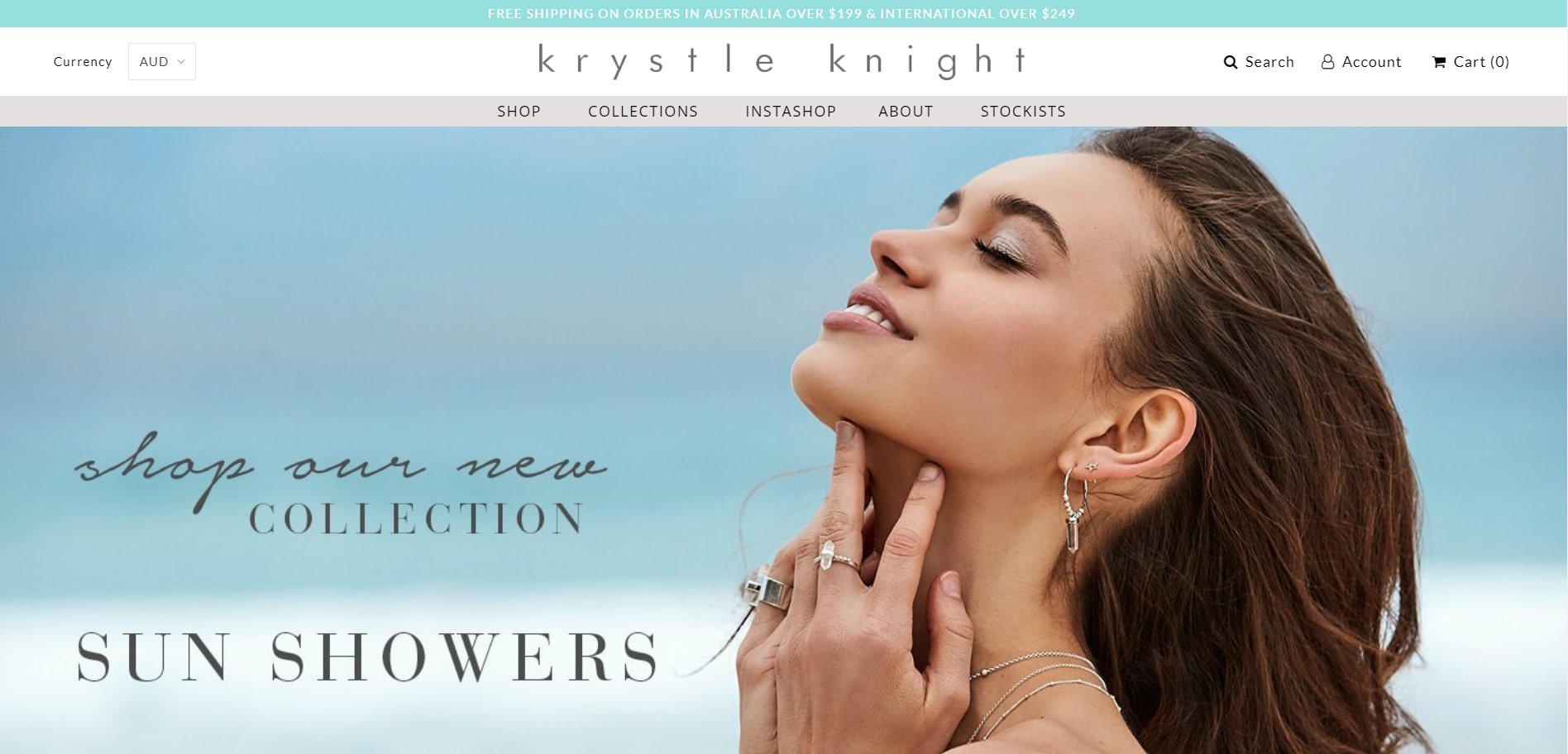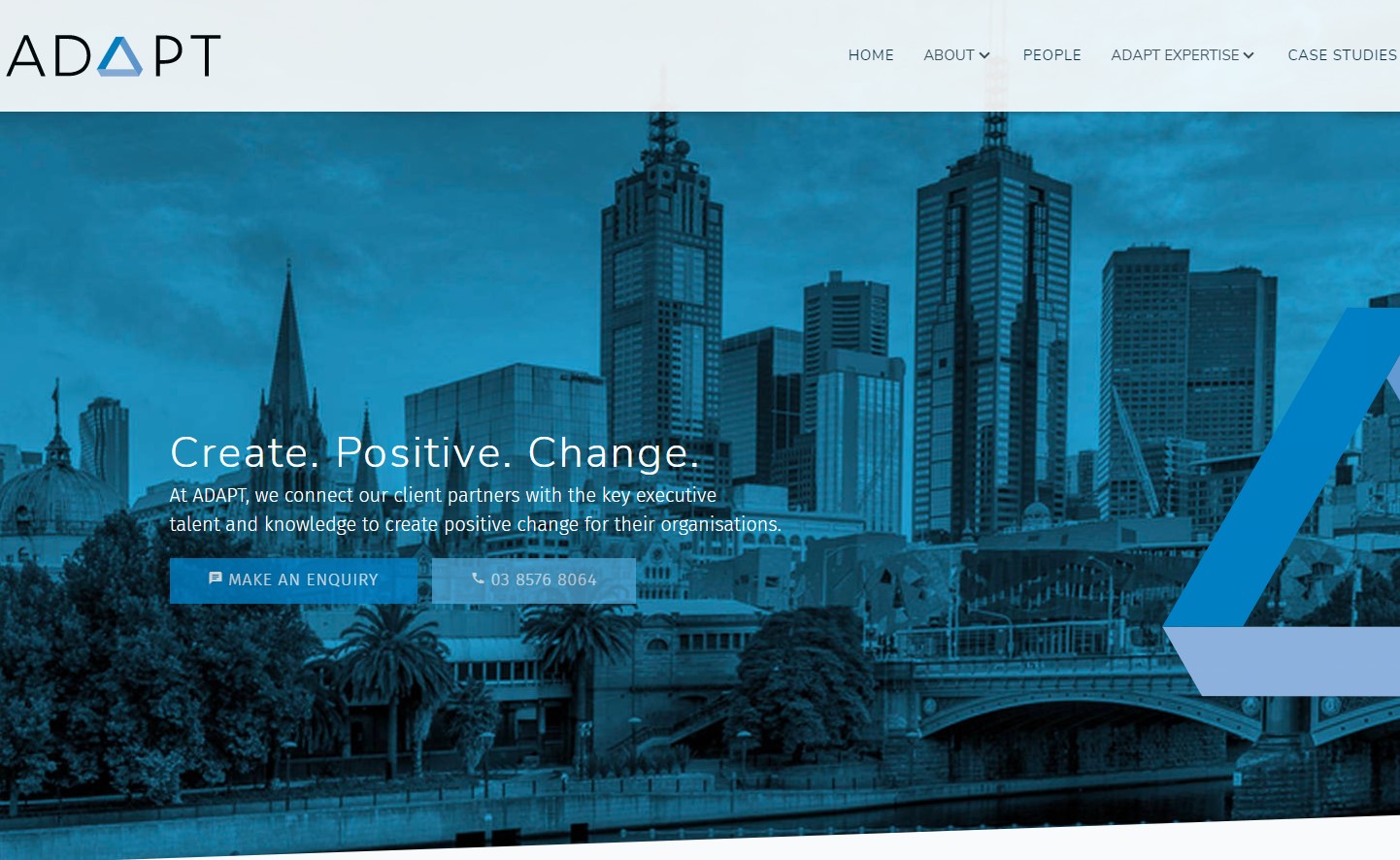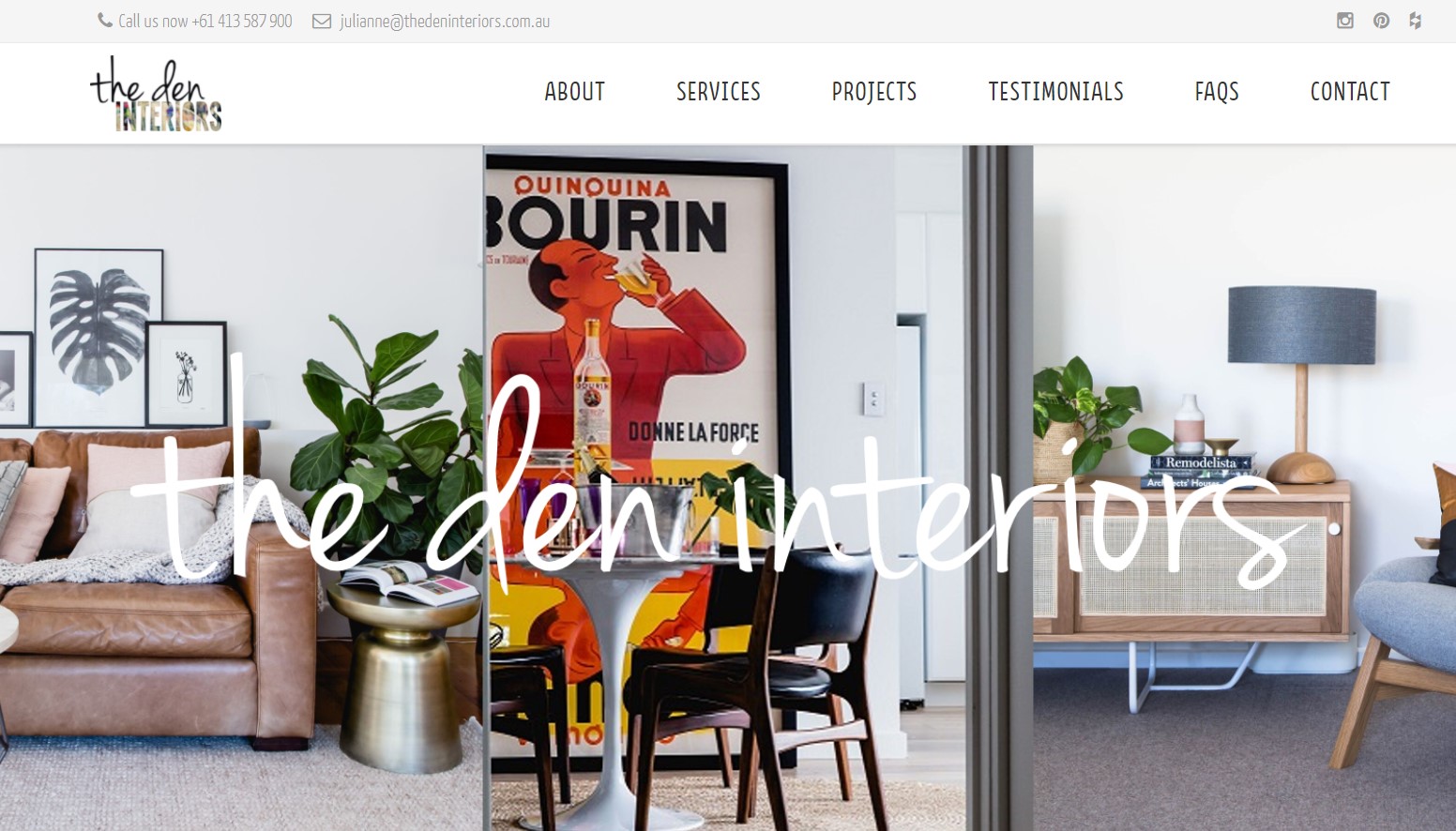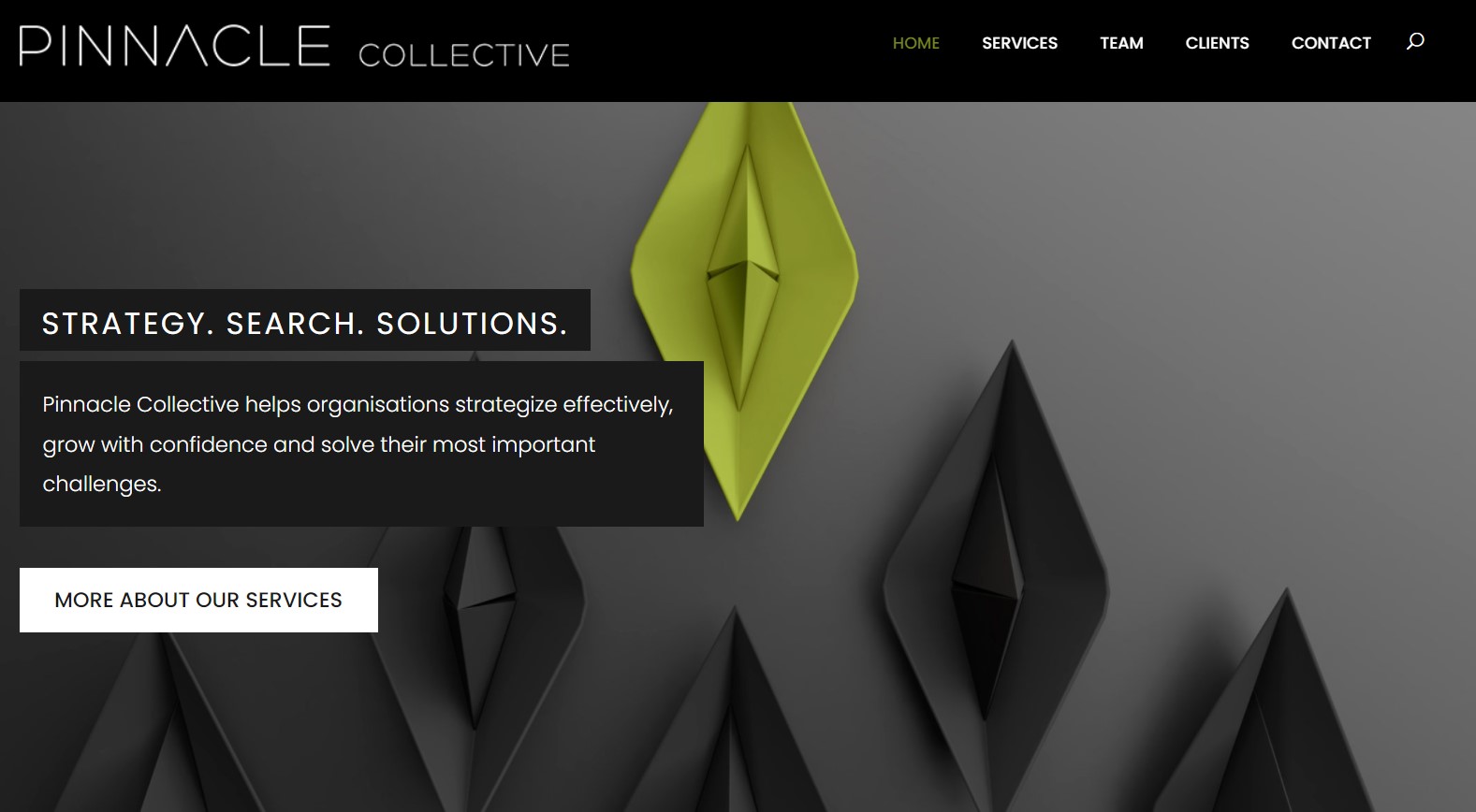1. Strategy:
A well-defined web design strategy is like a roadmap for your digital journey. It involves careful planning and goal-setting to ensure your website aligns with your broader business objectives. Key considerations include:
- Audience Analysis:
Understand your target audience's needs, preferences, and behaviors to tailor your design accordingly. - Competitor Research
Study your industry peers to identify opportunities for differentiation and innovation. - Content Strategy:
Plan what content to feature, how it aligns with your brand voice, and how it will engage your audience. - User Experience (UX):
Map out the user journey, ensuring that every interaction is intuitive, efficient, and enjoyable. - SEO Strategy:
Implement SEO best practices to improve your website's discoverability on search engines.
2. Idea:
The “Idea” phase is where creativity shines. It’s about crafting a unique concept that captures your brand’s essence and delivers a memorable user experience. Here are some components of the idea phase:
- Branding:
Develop a strong visual identity that resonates with your target audience. - Design Aesthetics:
Create a design language that aligns with your brand's personality, using color, typography, imagery, and whitespace effectively. - Innovation:
Explore innovative design trends and technologies that can set your website apart. - Storytelling:
Craft a compelling narrative that communicates your brand's values and mission. - Interactivity:
Incorporate interactive elements that engage and captivate visitors.
3. Concept:
The concept is the bridge between strategy and idea. It translates strategic goals and creative ideas into a concrete plan. Here’s what the concept phase involves:
- Wireframing:
Create wireframes or prototypes to visualize the website's structure and layout. - Information Architecture:
Organize content in a logical hierarchy to facilitate navigation. - Design Mockups:
Develop detailed design mockups or prototypes that showcase the look and feel of the website. - Functionality:
Define the core features and functionality that will enhance user engagement. - Responsive Design:
Ensure the website is responsive and accessible across various devices and screen sizes.
In summary, “Strategy, Idea & Concept” in web design are the cornerstones that guide the entire website development process. A well-thought-out strategy informs creative ideas, which are then translated into a concrete concept. This holistic approach ensures that your website not only looks visually appealing but also serves its intended purpose, resonates with your audience, and contributes to your overall business success.









